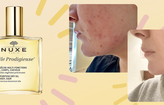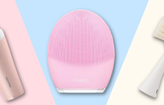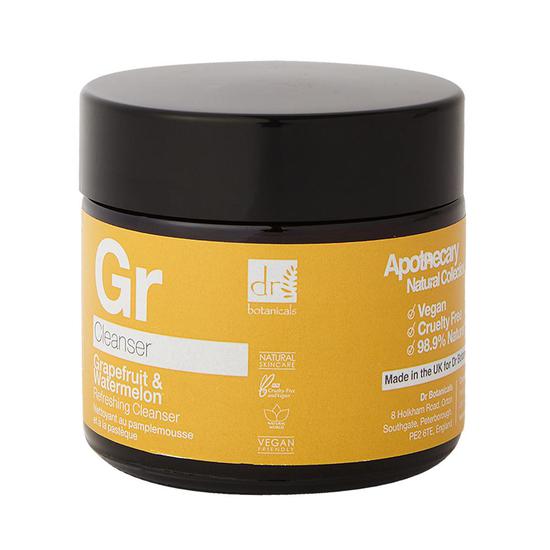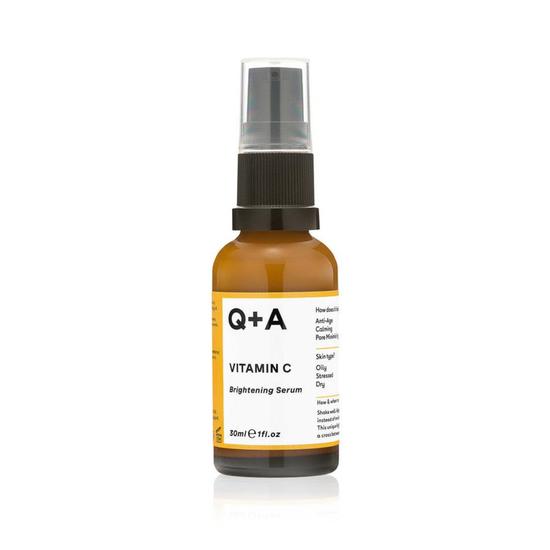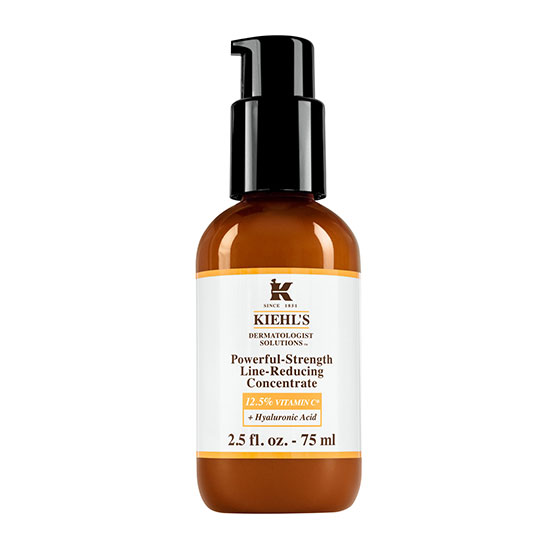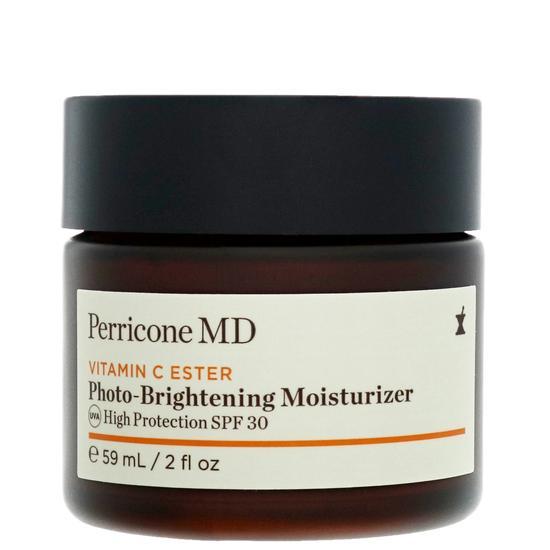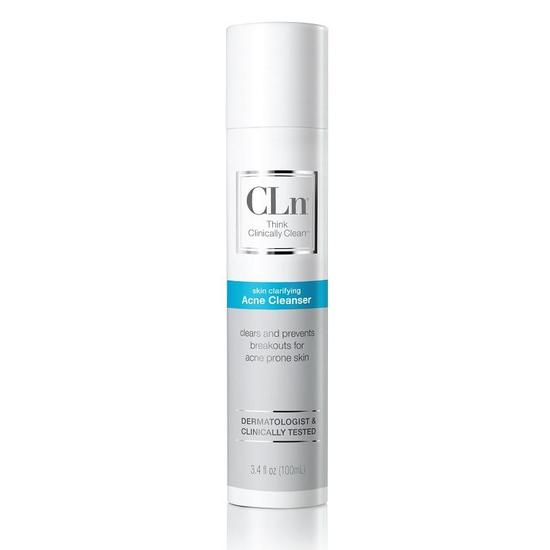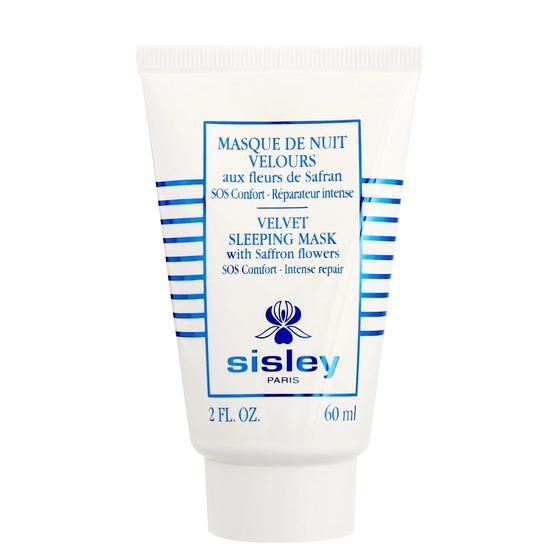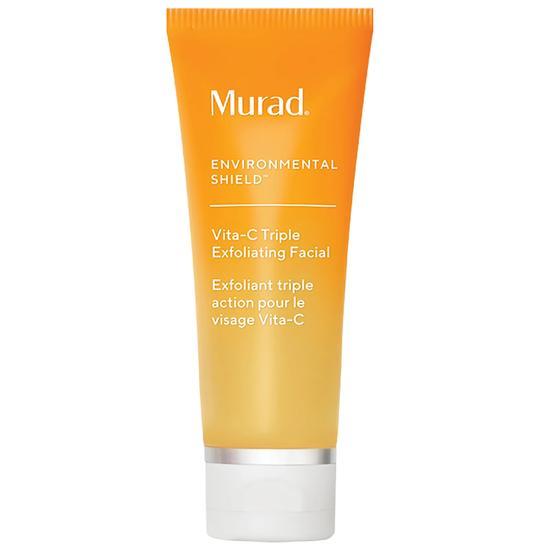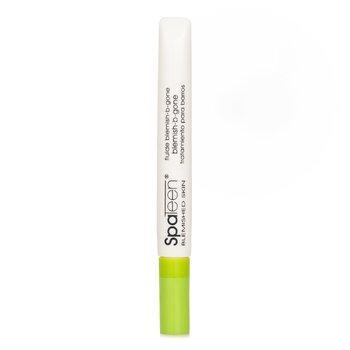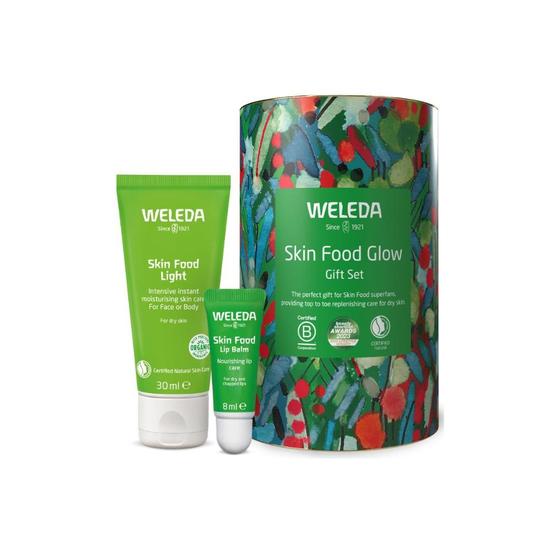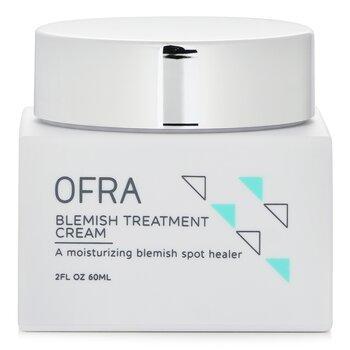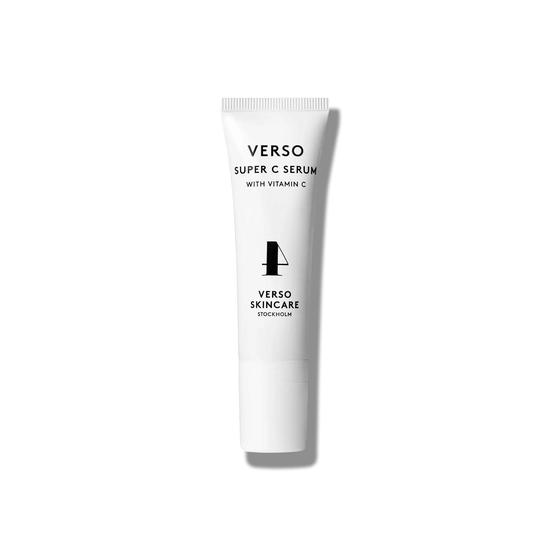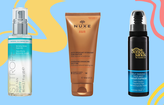
- Skin
- Benzoyl Peroxide & Vitamin C
Can You Use Benzoyl Peroxide With Vitamin C?
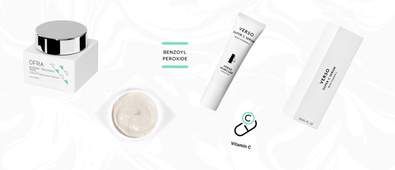
Both benzoyl peroxide (BPO) and vitamin C are powerful skincare ingredients with proven benefits. BPO targets acne-causing bacteria and clears breakouts, while vitamin C brightens skin, fades dark spots, and protects against environmental stress.
Can You Use Benzoyl Peroxide With Vitamin C?
Not usually—layering benzoyl peroxide and vitamin C in the same routine is generally discouraged.
Both benzoyl peroxide (BPO) and vitamin C are powerful skincare ingredients with proven benefits. BPO targets acne-causing bacteria and clears breakouts, while vitamin C brightens skin, fades dark spots, and protects against environmental stress.
However, using them together—especially in the same routine—can reduce their effectiveness and increase irritation. Benzoyl peroxide is an oxidising agent, and vitamin C is an antioxidant. When layered, BPO can oxidise vitamin C, making it less potent and potentially irritating.
These ingredients conflict in two major ways:
- pH incompatibility:
Vitamin C (ascorbic acid) works best at a low pH (around 3.5). Benzoyl peroxide has a much higher pH. When used together, they can destabilise each other, reducing the effectiveness of both. - Chemical interaction:
Benzoyl peroxide is an oxidiser. Vitamin C is an antioxidant. When applied together, BPO can oxidise vitamin C, essentially rendering it inactive—and possibly increasing skin sensitivity or irritation.
Still, this doesn’t mean you can’t use both—just that how you use them matters.
👉 Already know the benefits of each ingredient?
Jump To Routine
What does benzoyl peroxide do for the skin?
Benzoyl peroxide is a staple in acne treatment for good reason. It works by introducing oxygen into pores, which kills C. acnes bacteria—the microbes that contribute to inflamed acne. It also helps remove excess oil and exfoliates dead skin, making it a great option for both inflammatory and non-inflammatory breakouts.
However, BPO can be drying and irritating, especially when used too often or in high concentrations.
Key benefits of benzoyl peroxide:
- Kills acne bacteria: Highly effective at reducing active breakouts.
- Clears pores: Dissolves oil and dead skin to prevent clogs.
- Reduces inflammation: Calms red, swollen blemishes.
- Controls oil: Helps reduce shine and prevent congestion.
- Fast-acting: Breakouts often improve within days.
Best for:
- Oily or acne-prone skin
- Teen or adult acne
- Body acne (chest, back, shoulders)
- Inflamed, red pimples
Available in 2.5%, 5%, and 10% concentrations, benzoyl peroxide is used in washes, spot treatments, and leave-on creams.
What does vitamin C do for the skin?
Vitamin C (ascorbic acid) is a powerful antioxidant that helps protect the skin from environmental damage while brightening the complexion. It plays a vital role in collagen synthesis and works to fade pigmentation caused by sun exposure, ageing, or post-acne marks.
Most often used in the morning, vitamin C can also boost the effectiveness of sunscreen and support skin repair.
Key benefits of vitamin C:
- Brightens skin: Fades dark spots and uneven pigmentation.
- Fights free radicals: Neutralises damage from pollution and UV exposure.
- Stimulates collagen: Helps firm skin and smooth fine lines.
- Improves skin tone: Reduces redness and discoloration.
- Supports healing: Speeds up recovery from inflammation or breakouts.
- Enhances SPF performance: Strengthens skin’s UV defences when used under sunscreen.
Best for:
- Dull or tired-looking skin
- Hyperpigmentation and sun spots
- Fine lines or early signs of ageing
- Post-inflammatory redness or marks
Found in concentrations from 5–20%, vitamin C is available in serums, creams, and even some toners.
Comparing Benzoyl Peroxide and Vitamin C Side-by-Side
| Benefit | Vitamin C | Benzoyl Peroxide |
|---|---|---|
| Primary Function | Antioxidant that brightens, protects, and boosts collagen | Antibacterial agent that kills acne-causing bacteria and reduces breakouts |
| Treats Acne & Blemishes | ⚠️ Indirectly helps fade acne marks | ✅ Very effective for active acne and congestion |
| Brightens Dull Skin | ✅ Strong brightening and glow-enhancing benefits | ❌ Not a brightening ingredient |
| Fades Hyperpigmentation | ✅ Excellent for fading dark spots | ⚠️ May cause temporary dryness or irritation that worsens marks if overused |
| Boosts Collagen & Firmness | ✅ Stimulates collagen synthesis | ❌ No collagen benefits |
| Reduces Redness & Inflammation | ✅ Antioxidant protection helps calm oxidative stress | ⚠️ Can cause dryness or mild redness |
| Hydration & Barrier Support | ⚠️ May be slightly drying in high concentrations | ❌ Often drying; follow with barrier-repairing moisturiser |
| Antioxidant Protection | ✅ Powerful free-radical defence | ❌ None |
| Irritation Potential | ⚠️ May sting on sensitive skin | ⚠️ High if overused or layered with other actives |
| Suitable for Sensitive Skin | ⚠️ Use gentle or stabilised forms like magnesium ascorbyl phosphate | ⚠️ Use in low strengths or as a short-contact cleanser |
| Best Time to Use | AM – ideal under SPF for antioxidant protection | PM (or AM as a wash-off treatment) |
How To Safely Combine Benzoyl Peroxide With Vitamin C
Option 1: Use at different times of day
- A.M. Vitamin C → Moisturiser → SPF
- P.M. Benzoyl peroxide → Moisturiser
This is the safest and most common method. Vitamin C protects during the day, and BPO treats acne at night—giving your skin the full benefit of both.
A.M.
P.M.
Option 2: Alternate days
If your skin is sensitive or already using other actives (like AHAs, BHAs, or retinoids), space out these two to avoid overloading your routine.
Example schedule:
- Monday AM: Vitamin C
- Monday PM: Hydrating/moisturising routine
- Tuesday PM: Benzoyl peroxide
- Wednesday AM: Vitamin C
Thursday PM: Benzoyl peroxide
…and so on.
For Vitamin C Days...
For Benzoyl Peroxide Days...
For Hydrating Days...
Option 3: Use one long-term, then switch
If you're cycling ingredients or targeting different skin goals seasonally:
- Use benzoyl peroxide during breakout-prone periods.
- Use vitamin C to focus on brightening or fading post-acne marks.
Benzoyl Peroxide
Vitamin C
Tips to minimise irritation
- Introduce slowly: Start with 2–3 uses per week of each and increase as tolerated.
- Hydrate well: Use moisturisers with ceramides or hyaluronic acid to support your barrier.
- Avoid other strong actives in the same routine (like AHAs, retinol, or salicylic acid).
- Use sunscreen daily: Especially when using either vitamin C or BPO—both can increase sun sensitivity.
- Skip on sensitive or peeling days: If your skin feels compromised, stick to a gentle cleanser and moisturiser only.
FAQs
Can I mix benzoyl peroxide and vitamin C in the same routine?
Not advised. They can cancel each other out and cause irritation. Stick to AM/PM separation or alternate days.
Which should I use first—benzoyl peroxide or vitamin C?
Use vitamin C in the morning, and benzoyl peroxide at night. Avoid layering them directly.
Can this combo help with both acne and acne marks?
Yes—BPO treats active breakouts, while vitamin C helps fade pigmentation and improve overall skin clarity.
Is this pairing safe for sensitive skin?
With careful scheduling, yes. Avoid layering, keep concentrations low to start, and hydrate well.
For all those with drier, or more sensitive, skin types check out our blog posts Can You Use Hyaluronic Acid With Benzoyl Peroxide? and Can You Use Niacinamide With Vitamin C? for some skincare active combos that are a bit gentler—yet still deliver.

Written by Maria Mukaranda
Maria’s background is rooted primarily in creative media and a love for all things written, expressed through experience both online and in print; for creative platforms spanning from music to fashion to beauty.
Top Posts

